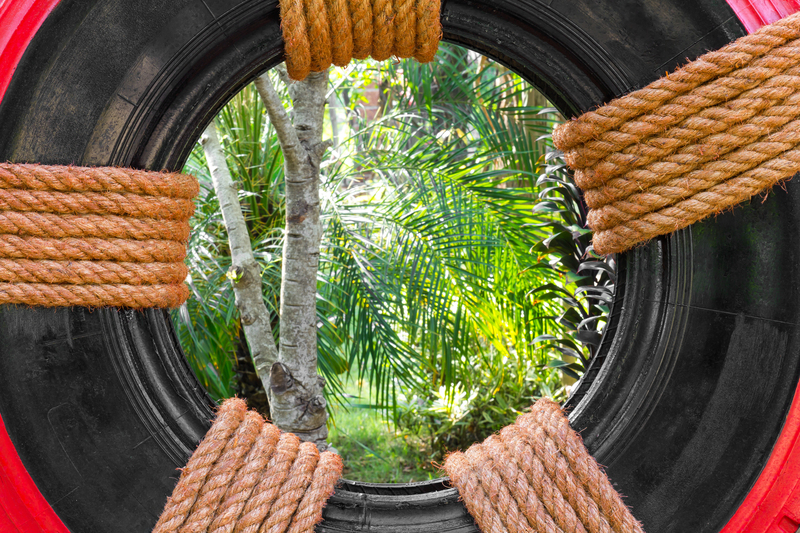Skip Bag Sizing Made Easy
When it comes to waste management, getting the right skip bag size can make all the difference. Whether you are doing a home renovation, garden clear-out, or industrial project, choosing the correct skip bag size ensures efficiency and cost-effectiveness. This guide will help simplify the process of selecting the appropriate skip bag size for your needs.
Understanding Skip Bag Sizes
Skip bags come in various sizes, typically measured in cubic yards. The most common sizes are 1, 2, 3, 4, 6, and 8 cubic yards. Each size is designed for different types of waste and project scales, so it's important to know which size suits your specific needs.

The Purpose of Different Sizes
Different projects generate different amounts of waste. Understanding the purpose behind each skip bag size can help you make an informed decision. For example:
- 1-2 Cubic Yards: Great for small garden clearances, household junk, and minor renovations.
- 3-4 Cubic Yards: Suitable for larger garden projects, mid-sized renovations, and small commercial jobs.
- 6-8 Cubic Yards: Ideal for large-scale renovations, construction sites, and significant commercial waste.
Factors to Consider When Choosing a Skip Bag Size
Several factors should influence your decision when selecting the right skip bag size:
- Amount of Waste: Estimate the volume of waste you'll produce. A larger project typically requires a larger skip bag.
- Type of Waste: Check the materials you're disposing of. Some materials might take up more space than others.
- Accessibility: Ensure that the skip bag can be placed in a convenient location for filling and collection.
- Budget: Larger skip bags are more expensive. Make sure to choose a size that fits your budget.
Tips for Efficiently Using Your Skip Bag
Maximize the use of your skip bag with these helpful tips:
- Pack Efficiently: Break down large items to utilize space efficiently.
- Heavy Items First: Place heavier, denser items at the bottom.
- Avoid Overfilling: Compliance with local regulations often dictates that skip bags should not be overfilled.
- Plan Ahead: Consider scheduling the skip bag collection in advance to avoid delays.
Pros and Cons of Skip Bags
Like any other waste management solution, skip bags have their own set of advantages and drawbacks:
Pros:
- Convenient and easy to use.
- Cost-effective for small to medium-sized projects.
- Flexible placement due to their compact size.
Cons:
- Not suitable for extremely large projects.
- Weight limitations might apply, especially for smaller bags.
- Some materials may not be allowed, depending on local restrictions.

Takeaways
Understanding skip bag sizing and choosing the right one for your project ensures efficient waste management. Consider the amount and type of waste, accessibility, and budget to make an informed decision. Utilize our tips for effective skip bag use to maximize efficiency.
Conclusion
Picking the right skip bag size doesn't have to be stressful. By understanding the differences between sizes and taking into account the specific needs of your project, you can make an informed decision that saves you both time and money. Follow our guide to ensure you have the right skip bag the next time you embark on a project, making waste management hassle-free and efficient.
